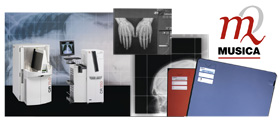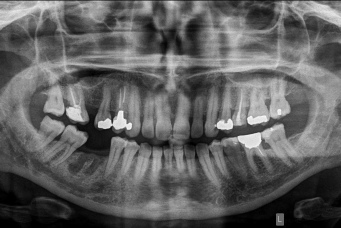


Film and CD with your images that your doctor can evaluate or store. You may export
images as jpeg and e-
Patient preparation
Most plain X-
It is important that in case of pregnancy (or even if a woman can't exclude the possibility) you must report it before the exam, so that precautionary measures will be taken.

· Lower dosage x-
· Digital x-
· Digital images can be archived onto compact optical disks or digital tape drives
saving tremendously on storage space and manpower needed for a traditional x-
· Digital images may be retrieved from an electronic archive for future
reference.
Some modalities like mammography require extremely high resolution film to show the small breast cancers and calcifications. Digital detectors capable of a similarly high resolution are under development and will hopefully be available in the future. However, digital imaging is already being used in parallel to high resolution film in breast imaging and breast biopsy systems.

How does your dentist know when you have a cavity developing between your teeth, or a wisdom tooth beneath the gumline that isn't growing in properly?

Dental x-
When the nerve in a tooth is badly
damaged, either by an accidental trauma or because of dental decay, sometimes your
dentist (or a dental specialist like an Endodontist) will perform Root Canal Therapy,
where a hole is made into the tooth and the damaged nerve (or pulp) is removed with
a special file and replaced with a filling material. Usually the tooth is later fitted
with a new top called a Crown to help it remain strong.
